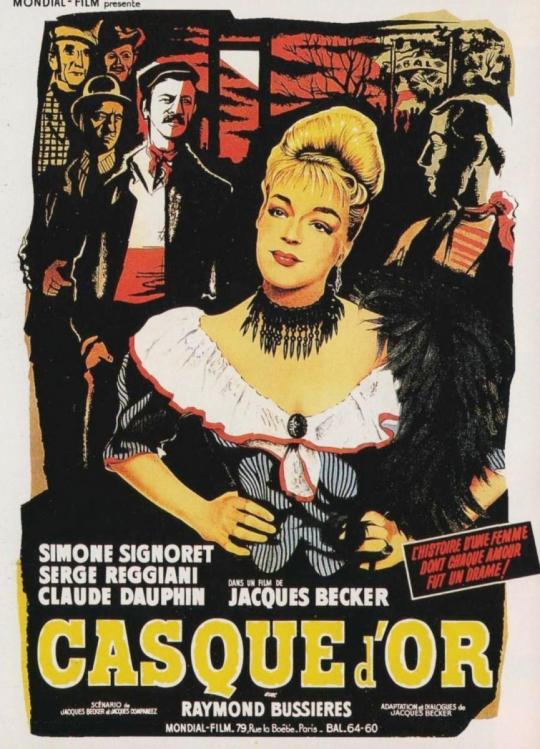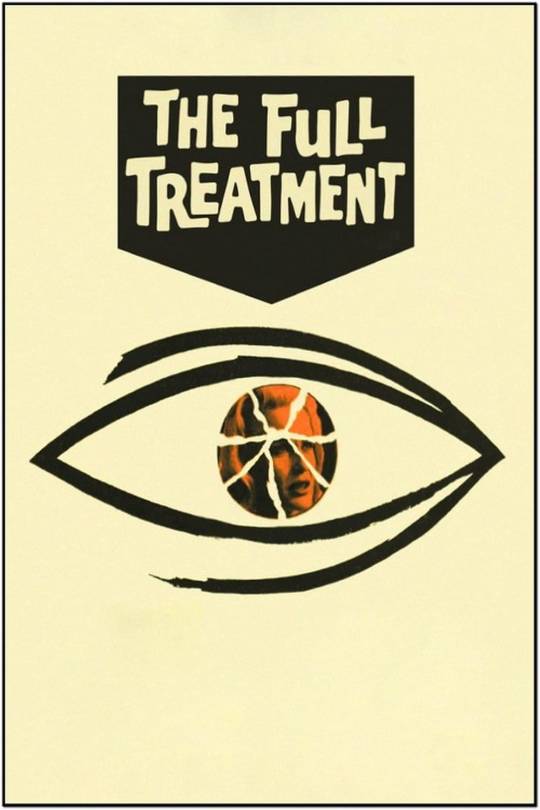#Claude Dauphin
Text

Phantom of the Rue Morgue (1954)
#phantom of the rue morgue#karl malden#claude dauphin#patricia medina#1950s movies#roy del ruth#edgar allan poe#horror movie poster
45 notes
·
View notes
Text

Barbarella, US Lobby Card #6. 1968
4 notes
·
View notes
Text
Odette Joyeux and Claude Dauphin

Found in Agence Eureka blog.
Le film Complet, 1939
2 notes
·
View notes
Text











Film Review: "The Tenant" (1976)
#the tenant#roman polanski#roland topor#isabelle adjani#melvyn douglas#shelley winters#jo van fleet#lila kedrova#claude dauphin#jacques monod#romain bouteile#josiane bolosko#horror
11 notes
·
View notes
Photo

You know how it goes. Contempt has always followed possession. To spend your whole life with someone, you don't need lust - which is quickly extinguished - but a harmony of minds, temperaments, and humor.
Le Plaisir, Max Ophüls (1952)
#Max Ophüls#Jacques Natanson#Claude Dauphin#Gaby Morlay#Madeleine Renaud#Ginette Leclerc#Mila Parély#Danielle Darrieux#Pierre Brasseur#Jean Gabin#Jean Servais#Daniel Gélin#Simone Simon#Philippe Agostini#Christian Matras#Joe Hajos#Léonide Azar#1952
24 notes
·
View notes
Text

Poster from the french film "Casque d'or" (1952)
#Casque d'or#Golden Marie#Casco d'oro#Paris#Paris bajos fondos#1952#french#France#Francia#Jacques Becker#film#movie#pelicula#cine#cinema#Simone Signoret#Serge Reggiani#Claude Dauphin#drama#poster#affiche
11 notes
·
View notes
Text

Eve Miller-Ray Bolger-Claude Dauphin-Doris Day "Abril en Paris" (April in Paris) 1952, de David Butler.
13 notes
·
View notes
Photo

O, là, là, c’était la belle époque! Es geht aber weniger “belle” zu als sonst, besitzergreifende Schurken, Betrüger, Apachen, Mädchenhändler und überhaupt Kriminelle allenthalben und kein Can-Can (aber schöne Walzer). In diesem schwierigen sozialen Umfeld gönnt keiner der schönen Marie den reizenden, unverdorbenen Tischler, mit dem sie sonst womöglich glücklich geworden wäre. “Unverdorben” verkraften sie einfach nicht.
#Casque d'or#Simone Signoret#Serge Reggiani#Claude Dauphin#Raymond Bussières#William Sabatier#Film gesehen#Jacques Becker#Der französische Film der Woche
3 notes
·
View notes
Text



W A T C H E D
#STOP ME BEFORE I KILL (1960)#THE FULL TREATMENT (1960)#Ronald Scott Thorn#Val Guest#Claude Dauphin#diane cilento#Ronald Lewis#Françoise Rosay#Bernard Braden#Katya Douglas#Barbara Chilcott#Ann Tirard#Edwin Styles#George Merritt#mystery#thriller film#suspense#Hammer Films#watching
0 notes
Photo

Le Plaisir (1952)
0 notes
Text
Romy Schneider discovers 'That Most Important Thing: Love' on Criterion Channel
Romy Schneider discovers ‘That Most Important Thing: Love’ on Criterion Channel
That Most Important Thing: Love (France, 1975), the first French feature by Polish expatriate Andrzej Zulawski, is a romantic drama of frustrated desires, frail relationships and explosive passions directed with understated intimacy.
Romy Schneider strips away the glamour to play Nadine, an aging actress with a failed career—she’s been reduced to making sex horror films and she melts down on the…

View On WordPress
#1975#Andrzej Zulawski#Christopher Frank#Claude Dauphin#Criterion Channel#DVD#Fabio Testi#France#Jacques Dutronc#Romy Schneider#That Most Important Thing: Love#VOD
1 note
·
View note
Photo

Arletty and Claude Dauphin in The Pearls of the Crown (Sacha Guitry, 1937)
Cast: Sacha Guitry, Jacqueline Delubac, Lyn Harding, Renée Saint-Cyr, Enrico Glori, Ermete Zacconi, Barbara Shaw, Marguerite Moreno, Arletty, Marcel Dalio, Claude Dauphin, Raimu, Jean-Louis Barrault. Screenplay: Sacha Guitry, Christian-Jaque. Cinematography: Jules Kruger. Art direction: Jean Perrier. Film editing: William Barache, Myriam Borsoutsky. Music: Jean Françaix.
Sacha Guitry's The Pearls of the Crown is a romp through French and English history that tells the story of how four pearls came to be placed on the royal crown of Great Britain -- and what happened to three other similar pearls that didn't make it. It purports (with tongue in cheek) to be a true story, and it gives Guitry a chance to play four distinct roles, including Francis I and Napoleon III. It also features cameos by some celebrated French actors, including Arletty in blackface as the queen of Abyssinia, Claude Dauphin as her pearl-hunting lover, Jean-Louis Barrault as the young Napoleon I, and Raimu as the owner of one of the three missing pearls. Guitry's wife and frequent co-star, Jacqueline Delubac, plays a key role as the wife of the chief pearl-hunter, Jean Martin (Guitry), as well as bits as Mary Stuart and Josephine de Beauharnais. It's made in three languages -- four if you count the gibberish spoken by the queen of Abyssinia and her courtiers -- but mostly in French. Engaging enough, though you may want to bone up on French and English history to get the full value.
1 note
·
View note
Text
There is something...painfully ironic when Christian actors who also have relatively bigger and more prominent noses are cast opposite Cyrano de Bergerac.
#Cyrano de Bergerac#ot3: feel my soul heavy with love untold#something something beauty is in the eye of the beholder#cyrano looks at him and is like wow lovely so handsome why can't i look like that?#meanwhile christian also has a bigger nose and it's really just a punch to the heart#and a testament that cyrano really just...doesn't like himself#got my hands on claude dauphin's cyrano and christian also has a more prominent nose#also claude is like...strangely soft thusfar - i have to actually watch this through carefully i'm just skimming for now
7 notes
·
View notes
Text

The Tenant (1976)




#roman polanski#the tenant#roland topor#isabelle adjani#melvyn douglas#jo van fleet#claude dauphin#horror
10 notes
·
View notes
Text
Claude de France
Claude de France (1499-1524)
Queen of France, duchess of Brittany, countess of Blois, first consort of King Francis I

The "good queen" Claude- today overshadowed by her husband King Francis I- was born in 1499 to Queen Anne de Bretagne and her second husband Louis XII. Bonfires signaled rejoicing throughout the realm for, with the help of Saint Claude, a viable child had been born. The princess, although not the desired son, was fashioned in her mother's pious image to become both sovereign duchess of Brittany and empress (she was engaged to the future Charles V at age two) or queen (of France, as her father, before her first birthday, had secretly declared). A decade later, her sole sibling, Renée de France, the remarkable future Protestant Duchess of Ferrara, would again owe her name to another saintly protector of women in search of a child. Thus if Queen Claude inherited Queen Anne's limp, her ability to bear relatively healthy offspring was entirely her own. Her engagement in 1506 and her marriage in 1514 consolidated the first prince of the blood's claim to the throne, but after seven debilitating pregnancies in ten years (Louise, Charlotte, François, Henri, Madeleine, Charles, Marguerite), the tired body of this honored "daughter, wife and mother" of kings collapsed at the tender age of 24.
The canonization of Francis of Paola (1519) promoted by Claude and her mother-in-law Louise de Savoie in gratitude for protection from illness and the births of namesake male heirs, betrays the inextricable intertwining of the two sides of the royal family, programmed from 1498. Claude's parents willfully empowered their female progeny; thus when King Francis I descended into Italy the first year of their respective reigns, the pageantry in Lyon depicted him entering Milan to "defend the rights of the two daughters of France." Although a princess raised to be queen, Claude learned to share her husband with other women, and her power and its public expression with strong female kin, especially Louise de Savoie, named regent in her stead, and her sister-in-law Marguerite de Navarre. Legend and neglect have imposed the image of an ever-with-child, sweet, and submissive queen. Yet this eloquent and cultivated bearer of legitimacy commanded respect and carved out a space of her own in the cities of the realm (the townspeople cast her as Justice and Wise Counsel), in her duchy of Brittany and in her Loire Valley territories, especially at the castle of Blois. Shortly after his accession, her husband flaunted his monogram "F" and his emblem, the salamander, on the spectacular new façades of the castle of Blois's "wing of Francis I"; but on the cornice and ceremonial staircase and over the fireplaces, these cohabitated with his consort's at what was in fact her regal home. Here and elsewhere, her emblems- the ermine, occasionally on a leash with the motto A ma vie (To my life), her knotted rope, her swan pierced by an arrow, and her full moon with the device Candida candidis (candid for the candid)- called attention to the queen.

A primer made for this daughter of privilege stages her with her sister Renée, as children tutored by Saint Anne and under the protection of Saint Claude, while learning to read and write; and learning came to be a feature at the heart of the queen's persona. Following her accession in 1515, Claude became mistress of the castle of Blois with its royal library, her mother's manuscripts probably among its precious volumes, to which the king, in an incident of 1516, did not have a key. Her Book of Prayers, by the "Master of Queen Claude", returns to the then commonly depicted theme of Saint Anne as educator, but its pages are uncommonly packed with illuminations in which books form an insistent leitmotiv [..] Tapestries depicting scenes from Christine de Pizan's City of Ladies, these too inherited from her mother, hung into the rooms of the castles of Amboise and/or Blois, frequented by her twelve ladies-in-waiting (including Anne Boleyn and Diane de Poitiers). The writer Anne de Graville commissioned a picture of herself offering her mistress Claude one of the works she dedicated to her, thereby providing us with a rare inside vision of the city of ladies surrounding Claude.
In a final act of independence, the queen bequeathed Brittany not to her husband but to her son, the dauphin. Rather than willfulness, though, sensitivity to the plight of her subjects had colored numerous episodes of her life. During her entry into Nantes in 1518, when the town offered her a costly heart of gold flanked with ermine, she promptly gave it back. Shortly before her death she endowed the building of a cemetary in a suburb of Blois for those who had succumbed to the plague. Such symbolic gestures, combining strength and humility, help us to comprehend why the memory of the short-lived Claude lingered on. Miracles were said to occur around her body, laid to rest in her parents' chapel of Saint Calais in 1524. Subsequently, her second son, King Henri II (of the seven siblings, only he and his sister Marguerite, future duchesse de Savoie, outlived their father) immortalized her on a monumental tomb at Saint-Denis. And in her Book of Hours, Catherine de Médicis inserted Claude's portrait near that of Eleonora of Austria, Francis I's second wife, forging an unexpected double embodiment of a powerful queenly ideal.
Kathleen Wilson-Chevalier- Encyclopedia of Women in the Renaissance
#xvi#kathleen wilson chevalier#encyclopedia of women in the renaissance#claude de france#princesses of france#queens of france#duchesse de bretagne#anne de bretagne#louis xii#renée de france#françois i#dauphin françois#françois iii de bretagne#henri ii#marguerite de france duchesse de savoie#catherine de medicis#éléonore d'autriche
8 notes
·
View notes
Photo










le choix des armes 1981
#le choix des armes#1981#alain corneau#archéologie du monde#gerard depardieu#richard anconina#banlieue#milieu#jean claude dauphin#probléme équilibre deneuve-montand#7/10
3 notes
·
View notes